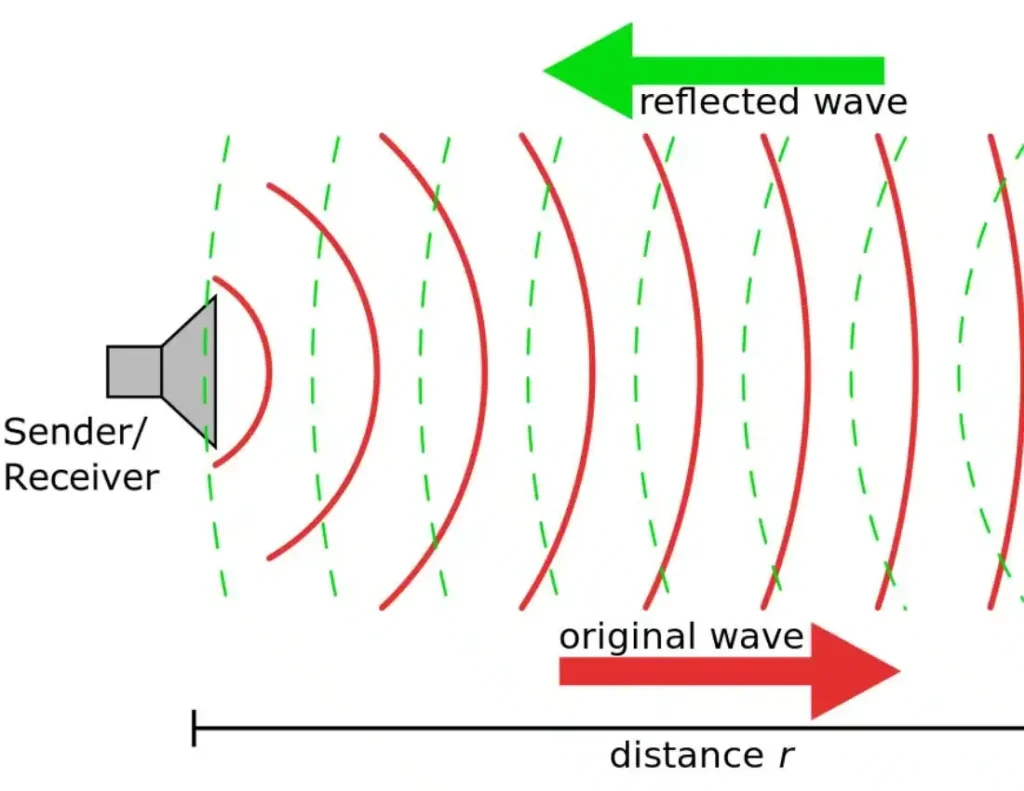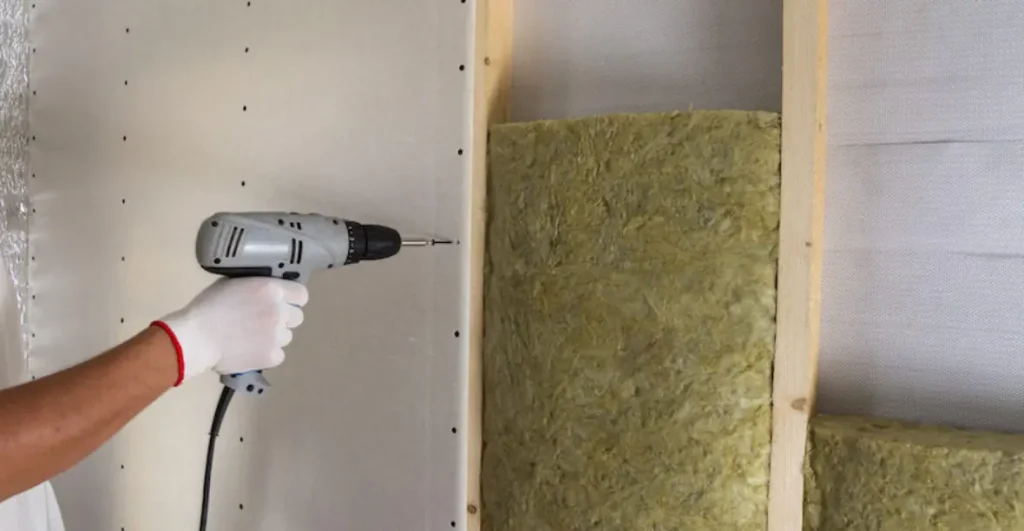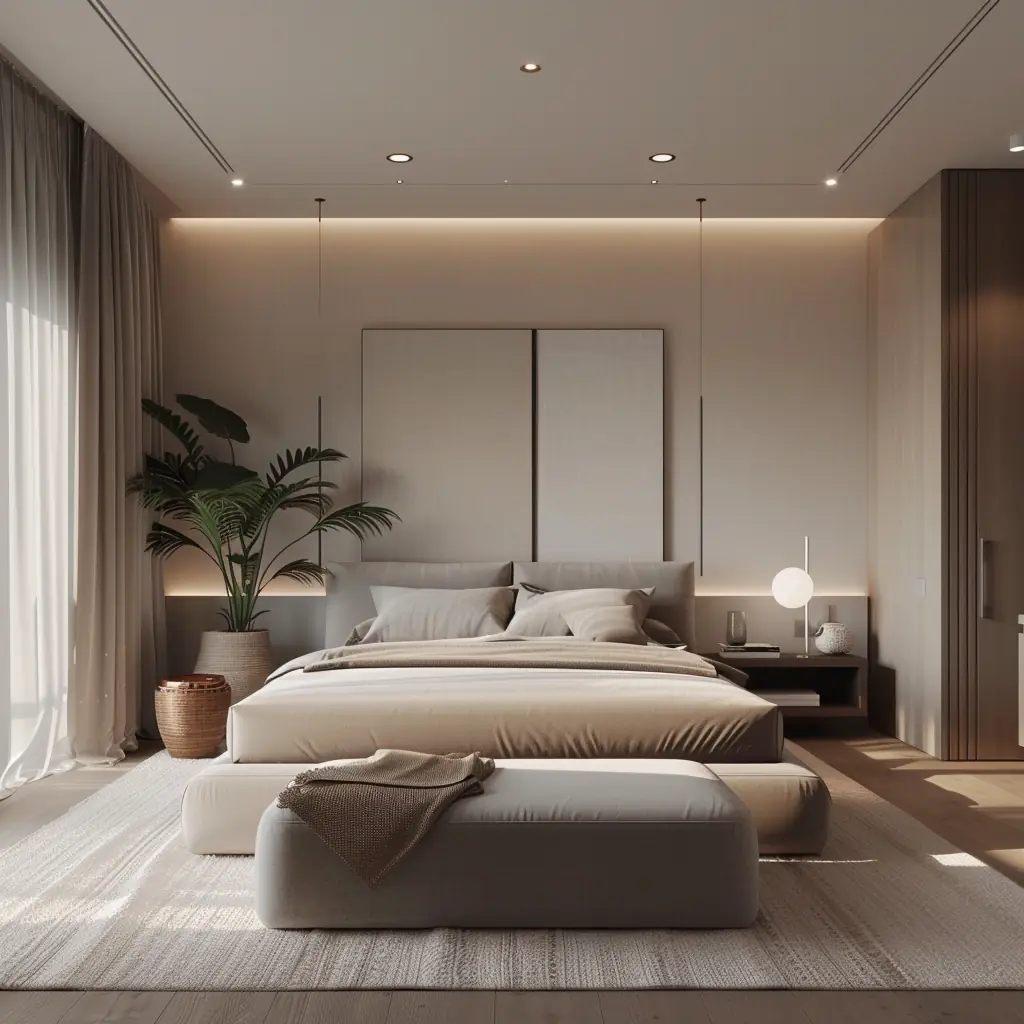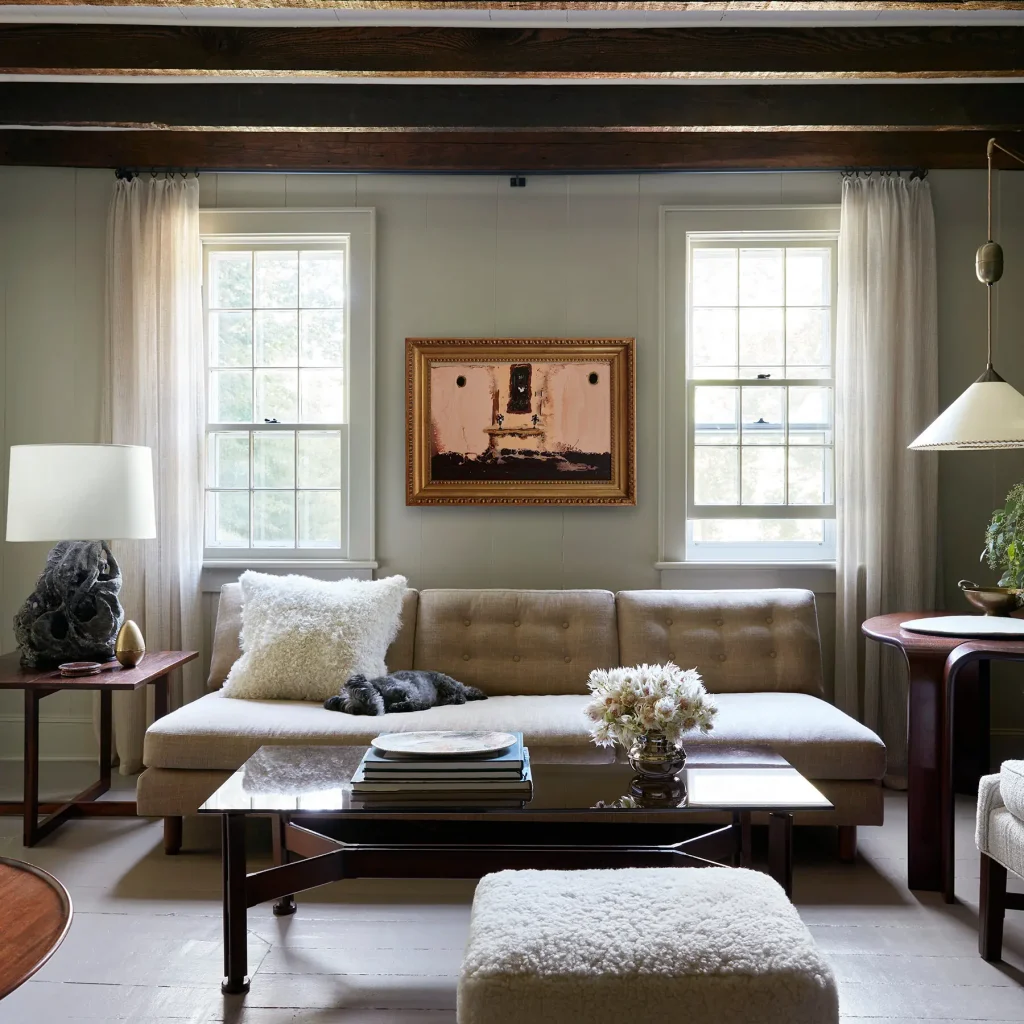Noise can be one of the most disruptive elements in a home or office. Whether it is traffic outside, loud neighbors, or even sound traveling between rooms, unwanted noise affects concentration, sleep, and overall comfort. That is why soundproofing walls has become an essential solution for homeowners and businesses looking to create peaceful environments.
This guide will cover effective wall soundproofing methods, materials, and practical tips. It is written for anyone seeking a clear, professional approach to reducing noise without overwhelming technical jargon.
Why Soundproofing Walls Matters
Noise pollution has both physical and psychological impacts. Studies show that constant exposure to noise can increase stress, reduce productivity, and interfere with relaxation. By soundproofing walls, you are not just blocking sound but improving the quality of your living or working space.
Key Benefits of Soundproofing Walls
- Better sleep and relaxation
- Improved focus and productivity
- Enhanced privacy within homes or offices
- Increased property value through added comfort
Understanding How Sound Travels Through Walls
Before investing in wall soundproofing, it helps to know how noise passes from one space to another.
Airborne Noise
This type of noise comes from voices, music, or television. It travels through air gaps and thin walls easily.
Impact Noise
Sounds like footsteps, furniture movement, or doors slamming fall under impact noise. These vibrations transfer through wall structures.
Flanking Noise
Flanking noise occurs when sound bypasses walls altogether and travels through ceilings, floors, or ductwork.
Identifying which type of noise you face makes it easier to choose the right soundproofing solution.

Best Methods for Soundproofing Walls
There is no one-size-fits-all solution. The effectiveness depends on the type of noise, the existing wall structure, and your budget. Here are the most effective approaches.
Add Mass to Walls
The heavier and denser a wall, the harder it is for sound to pass through. Options include:
- Drywall layers: Adding extra layers of drywall increases mass and reduces noise transmission.
- Soundproofing panels: Special panels designed for sound absorption are effective and easier to install.
- Mass Loaded Vinyl (MLV): A dense, flexible material that can be applied behind drywall.

Use Acoustic Insulation
Filling wall cavities with soundproof insulation absorbs airborne noise. Popular materials include:
- Mineral wool insulation
- Fiberglass batts
- Acoustic foam
Create Decoupled Wall Structures
When walls are connected directly to framing, sound vibrations travel easily. Decoupling methods break this connection.
- Resilient channels
- Sound isolation clips
- Double stud walls
Seal Air Gaps and Cracks
Even small gaps allow sound to leak. Use:
- Acoustic caulk around outlets, windows, and trim
- Weatherstripping for doors
- Sealing of electrical boxes and wall penetrations
Add Soundproofing Paint
While not as effective as structural changes, soundproof paint can provide an extra layer of noise reduction. It is best used in combination with other methods.
DIY Wall Soundproofing vs Professional Help
Some methods, like applying acoustic caulk or adding panels, are DIY-friendly. Others, such as building double stud walls or installing resilient channels, may require professional installation.

DIY-Friendly Solutions
- Hanging soundproofing panels
- Adding heavy curtains or wall hangings
- Sealing cracks and gaps
- Installing acoustic foam
When to Hire a Professional
- Large-scale remodeling projects
- Multi-room noise control
- Complex wall modifications
- Commercial soundproofing needs
Affordable Soundproofing Options
Soundproofing does not always have to be expensive. Here are budget-friendly ways to cut noise.
- Rearranging furniture to block sound transmission
- Using rugs and wall hangings for added absorption
- Adding bookcases or wardrobes against noisy walls
- Applying peel-and-stick acoustic tiles
Soundproofing Walls in Different Settings
Soundproofing Bedroom Walls
Bedrooms require the highest level of quiet for restful sleep. Focus on sealing air gaps, adding acoustic insulation, and using soundproof curtains.

Soundproofing Home Office Walls
Work-from-home setups need noise control for calls and concentration. Wall-mounted acoustic panels and bookshelves are effective low-cost solutions.
Soundproofing Apartment Walls
Apartment living often brings challenges with neighbor noise. Non-invasive options like removable acoustic panels, thick drapes, and wall-mounted bookshelves can help without risking lease violations.
Mistakes to Avoid When Soundproofing Walls
- Relying only on acoustic foam: Foam absorbs echo but does little against airborne noise.
- Ignoring air gaps: Small cracks can leak significant amounts of sound.
- Using thin drywall alone: A single thin sheet is not enough for proper soundproofing.
- Overlooking flanking noise: Sound can bypass walls entirely if ceilings and floors are untreated.
Maintaining a Soundproofed Space
Soundproofing is not a one-time process. Regularly check for new cracks, replace worn-out seals, and adjust furniture placement to maintain effectiveness.
Conclusion
Soundproofing walls is one of the most effective ways to create a quieter, more peaceful environment at home or work. From adding mass and insulation to sealing gaps and choosing the right materials, there are solutions for every budget and setting.
If you are tired of disruptive noise, start with simple DIY fixes and upgrade to professional solutions as needed. With the right strategy, you can enjoy better sleep, increased productivity, and improved comfort in your space.
Ready to transform your home into a quiet retreat? Visit https://soundkrafted.com/ and explore cost-effective wall soundproofing options today and experience the difference.

